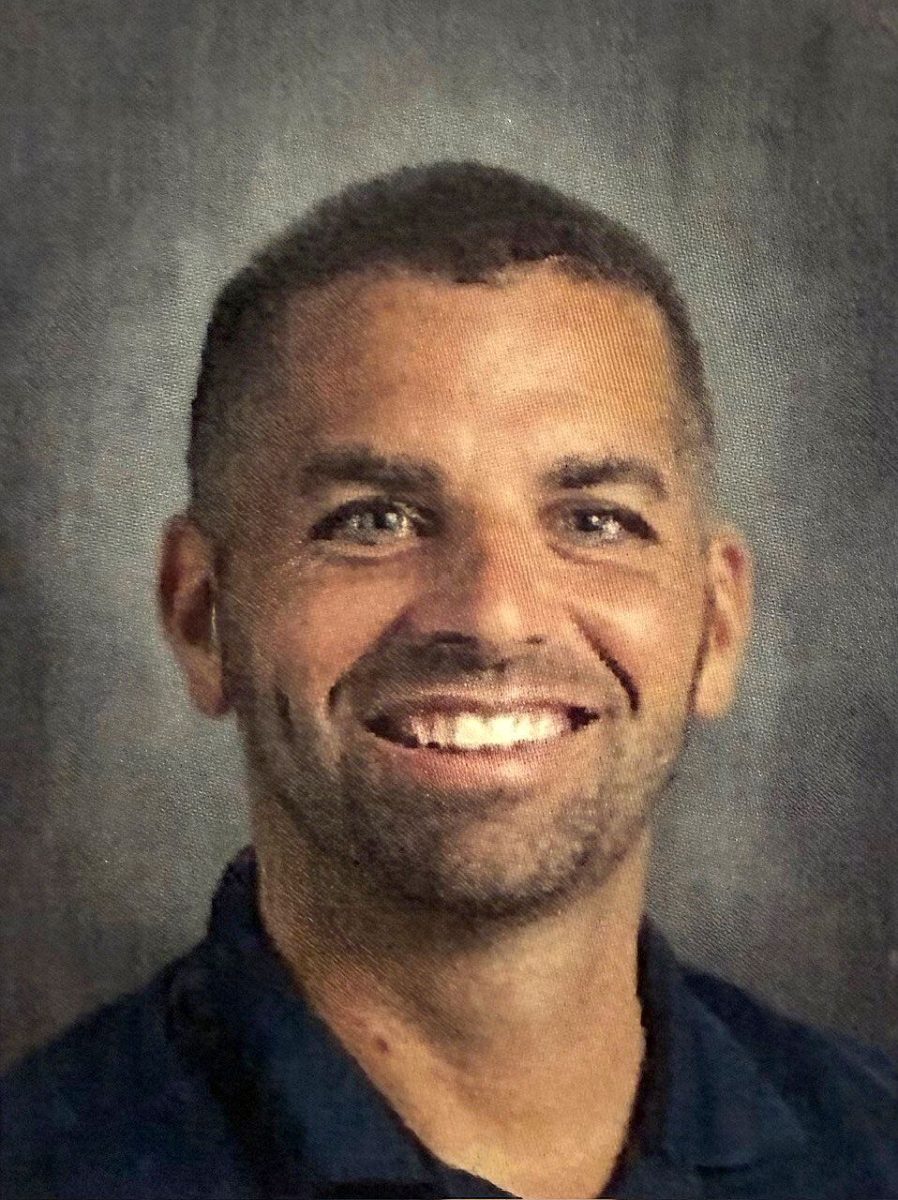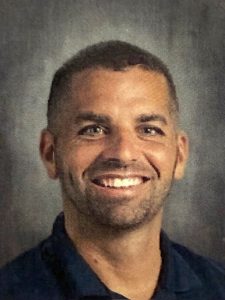Student perspective on gun control changes
October 22, 2019
Recently, DGN students underwent a threat drill. This drill, done September 26, was an opportunity for DGN students to be prepared in a situation when an armed intruder could cause harm.
DGN used the ALICE training method, comprised of five elements: alert, lockdown, inform, counter and evacuate.
Schools hold drills so that students and faculty can be more physically and mentally prepared in a situation where an armed intruder has entered the building.
After these drills, Dr.Sorensen sent out a survey for both students and faculty. The student survey had 60 responses. “It’s good to have a guideline to follow in case of an emergency but we all have our own individual strengths and weaknesses that would affect how we react to an emergency,” said a student who took the survey.
Students feel that these drills are necessary to create a safe school environment. “It’s safety. It’s good to know that the schools are striving to attend to safety for the kids,” co-president of the YCA junior Drew Driscoll said in an interview with the Omega.
Since the 1999 mass shooting in Columbine High School leaving thirteen killed and twenty-one injured, gun violence and threat drills have become incorporated into schools. As mass shootings have increased, drills have become more intricate. “The rise in people doing things has drawn attention to the tool they use,” co-president of the YCA senior Alexander Martin said.
Instances of violence also hit DGN in 1999 with the chemical bomb placed here by a student.
“It seemed remote, it seemed more unlikely, DGN English teacher Melissa Carlson said in an interview with the Omega. Before these occurrences, gun violence seemed as likely as a tornado ripping the roof off of the building for many teachers, Carlson further explained.
Carlson recalls the first drill at DGN occurred in response to the chemical bombs that had been placed in the school by a student in 1999. On a late arrival day, the staff and the SWAT team gathered to undergo this drill. “The idea was to train the teachers in how to respond first,” Carlson said.
She recalls the teachers dispersing into a few classrooms and simulating a lockdown. The only way for the teachers to get out was for the fully-geared SWAT team to unlock the doors for them. Teachers were let out by people in body armour, carrying huge weapons.“It was one of the most terrifying things,” Carlson said.
In the 20 years since that event gun violence has become much more common. Nationally, the number of school shootings has increased. As of October 8, there have been 325 mass shootings in the US within the year.
These instances have become normalized for many. The majority of the student population cannot remember a time in school without these drills.“As 10-year-olds, we were told to be ready to arm ourselves with staplers and textbooks,” Empowerment club co-leader junior Emma Cho said.
For Driscoll, the first drill he remembers was in elementary school. “When we were in PE, and then they put us in this huge closet,” Driscoll said. Though students could not comprehend the reasons for these drills they were still forced to undergo them.
Since then drills have transformed from simple lockdown ones, where teachers would turn off the lights as students hid in a corner, to complex multi-step procedures like ALICE. “With ALICE there is so much more to think about,” Carlson said.
These threat drills have become a necessary part of any student’s life. “Gun violence has become a normalized topic. This is terrifying to me because this means that people just expect these acts of terror to occur,” March for Our Lives Downers Grove Chapter co-director sophomore Gwen Casten said.
However, for the German exchange students, this drill was far from ordinary. In Germany, students have no reason to believe that they could be shot in school. “It’s an American thing,” German Exchange student Finnja Urbszat said.
Urbszat lives in a world where school is nothing but a safe place. For American students, the recent shootings in Parkland have brought these issues to the attention of many. Both Driscoll and Martin acknowledge how these issues did not seem to be as much of a reality to them before the increase in coverage of school shootings.
“When a student is thinking about guns it is mainly fear,” Driscoll said.
Though the increase in violence has created a generation of students who may be numb to news of new shootings, many are reluctant to accept their situation. “I can not live in a world where I go to school nervous about whether or not I will make it home,” Casten said.
Both Cho and Casten agree until students or representatives succeed in making changes to legislation, the constant threat of violence is still a reality that children have to face. For children and teachers in America, knowing how to defend themselves has become a necessary survival skill. “We work in a public school. That makes us targets,” Carlson said.

























